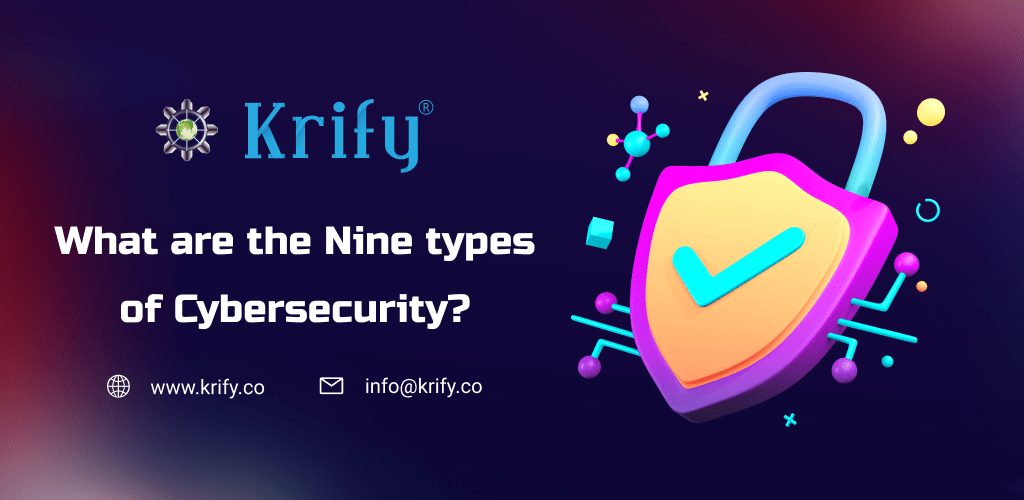Cybersecurity is the practice of protecting devices, networks, and sensitive information from unauthorized access, use, disclosure, disruption, modification, or destruction. There are many different types of cybersecurity, each designed to protect against a specific type of threat.
Cybersecurity is a critical component of modern business operations. In today’s digital economy, it’s essential for organizations to protect their data and systems from malicious attacks, unauthorized access or disruption. By investing in strong cybersecurity protocols and solutions, companies can ensure their networks remain secure by preventing intrusions, compliance violations, data breaches, malware infections and other malicious activities.
Types of Cybersecurity
1. Network security:
Network security focuses on protecting the infrastructure of a network, including routers, switches, and servers. This type of cybersecurity includes measures such as firewalls, intrusion detection systems, and virtual private networks (VPNs).
2. Endpoint security:
Endpoint security is concerned with protecting individual devices, such as laptops, smartphones, and tablets, from cyberattacks. This type of cybersecurity includes measures such as antivirus software, firewalls, and encryption.
3. Application security:
Application security focuses on protecting the software that runs on devices and servers. This type of cybersecurity includes measures such as code review, penetration testing, and application firewalls.
4. Cloud security:
Cloud security is concerned with protecting data and applications that are stored and run in the cloud. This type of cybersecurity includes measures such as encryption, access controls, and virtual private clouds (VPCs).
5. Information security:
Information security focuses on protecting sensitive information, such as personal data and financial information, from unauthorized access or disclosure. This type of cybersecurity includes measures such as encryption, access controls, and data loss prevention (DLP) systems.
6. Operational security:
Operational security focuses on protecting the physical security of a facility and the people who work in it. This type of cybersecurity includes measures such as security cameras, access controls, and alarm systems.
7. Disaster recovery and business continuity:
Disaster recovery and business continuity are concerned with ensuring that an organization can continue to operate in the event of a disaster, such as a natural disaster or a cyberattack. This type of cybersecurity includes measures such as backup systems, disaster recovery plans, and incident response plans.
8. Compliance and regulatory:
Compliance and regulatory cybersecurity focus on ensuring that an organization complies with laws and regulations related to cybersecurity. This type of cybersecurity includes measures such as regular audits, compliance training, and incident reporting.
9. Human security:
Human security focuses on protecting the people within an organization from social engineering and other forms of cybercrime. This type of cybersecurity includes measures such as security awareness training, security best practices, and incident response plans.
Conclusion
It is important to note that cybersecurity is an ongoing process that requires regular monitoring and updates. Organizations should regularly review their cybersecurity measures and update them as necessary to protect against new and emerging threats. Additionally, it is important for individuals and organizations to stay informed about cybersecurity threats and best practices in order to protect themselves and their sensitive information from cybercriminals.
At Krify, we have an elite team of innovative programmers who are up-to-date on the latest developments and consistently deliver excellent results. If you want to learn more about Cybersecurity, our technology consultants would be delighted to assist you. Please do not hesitate to contact us if you have any further questions.










